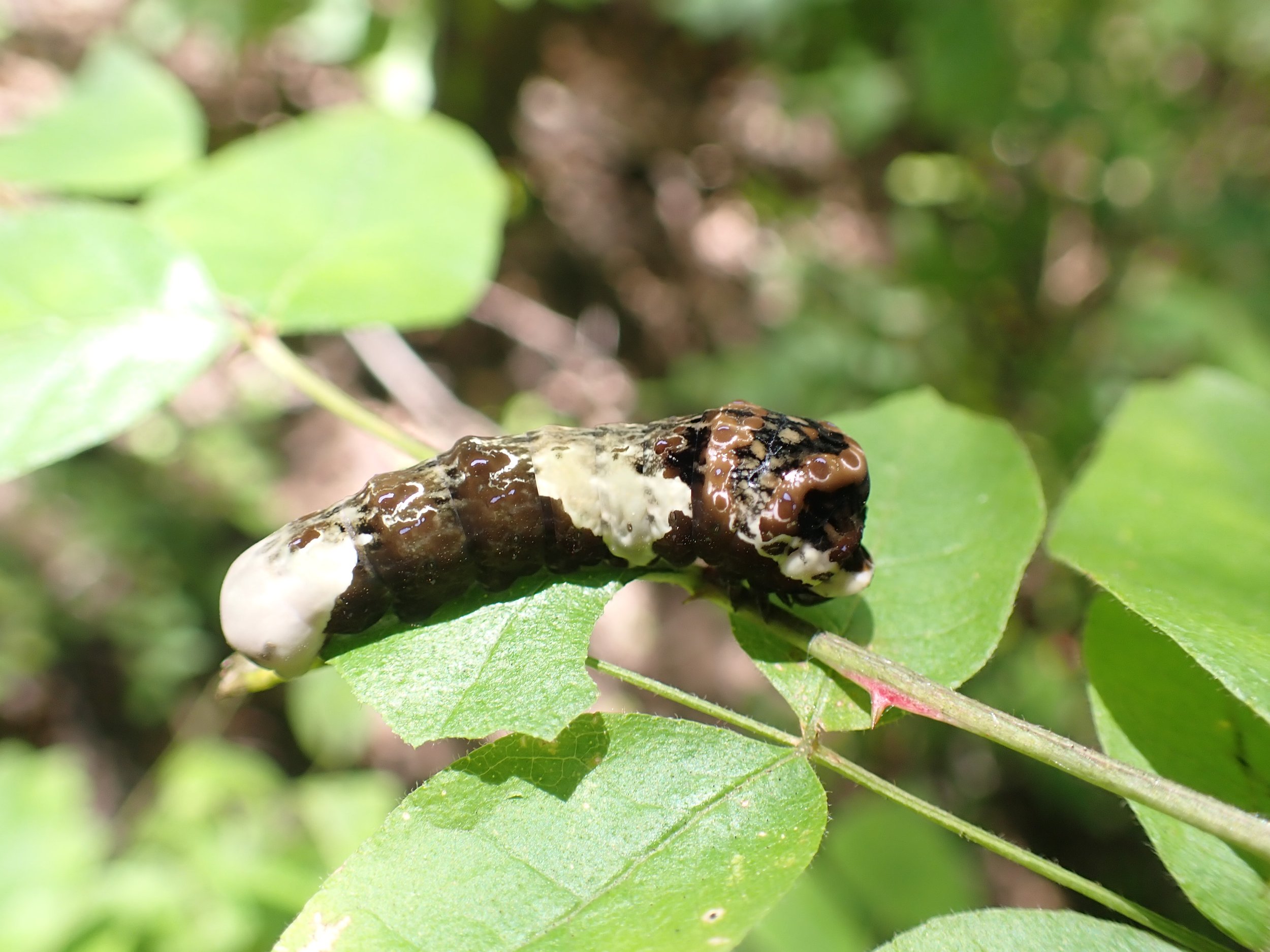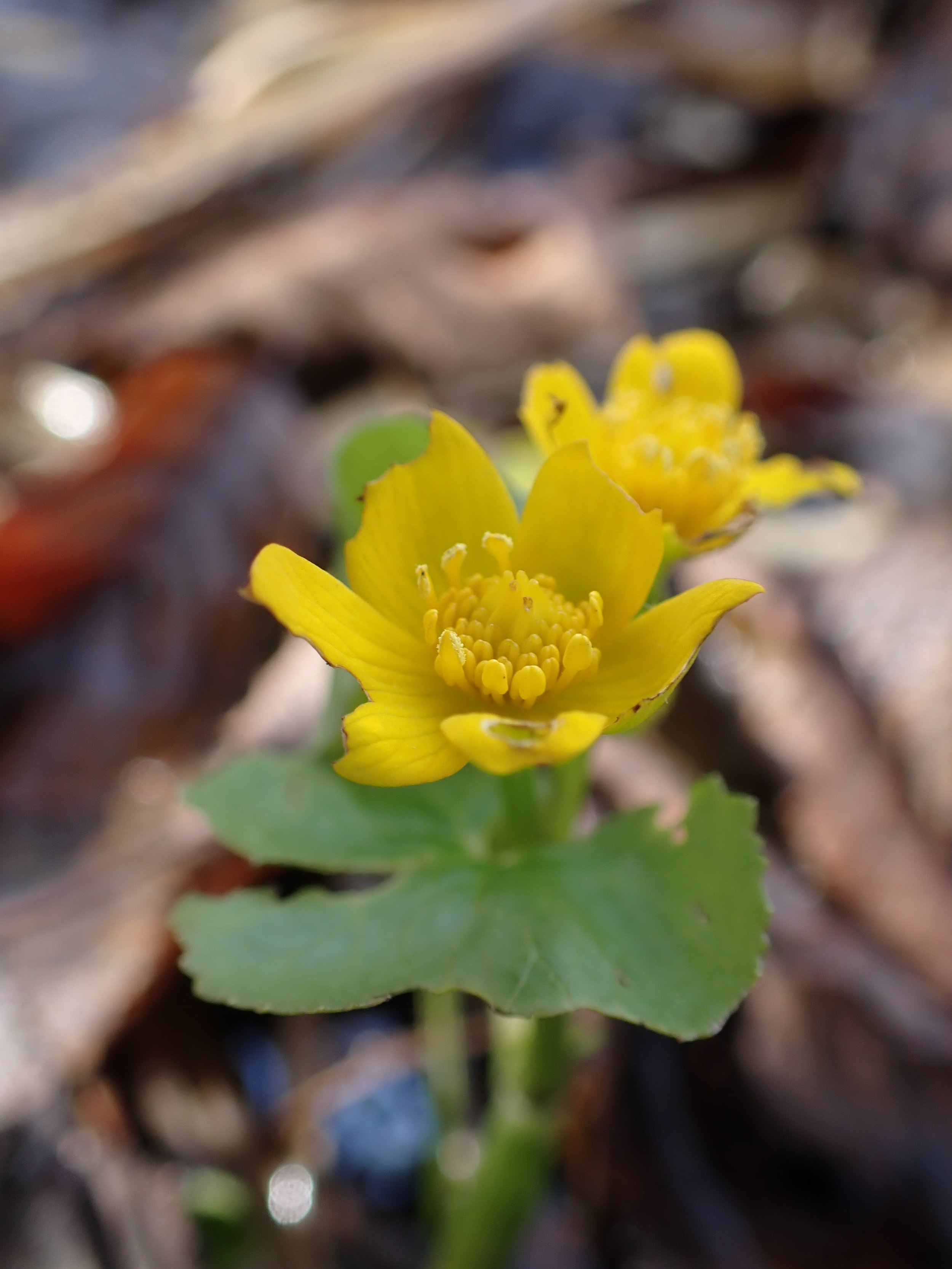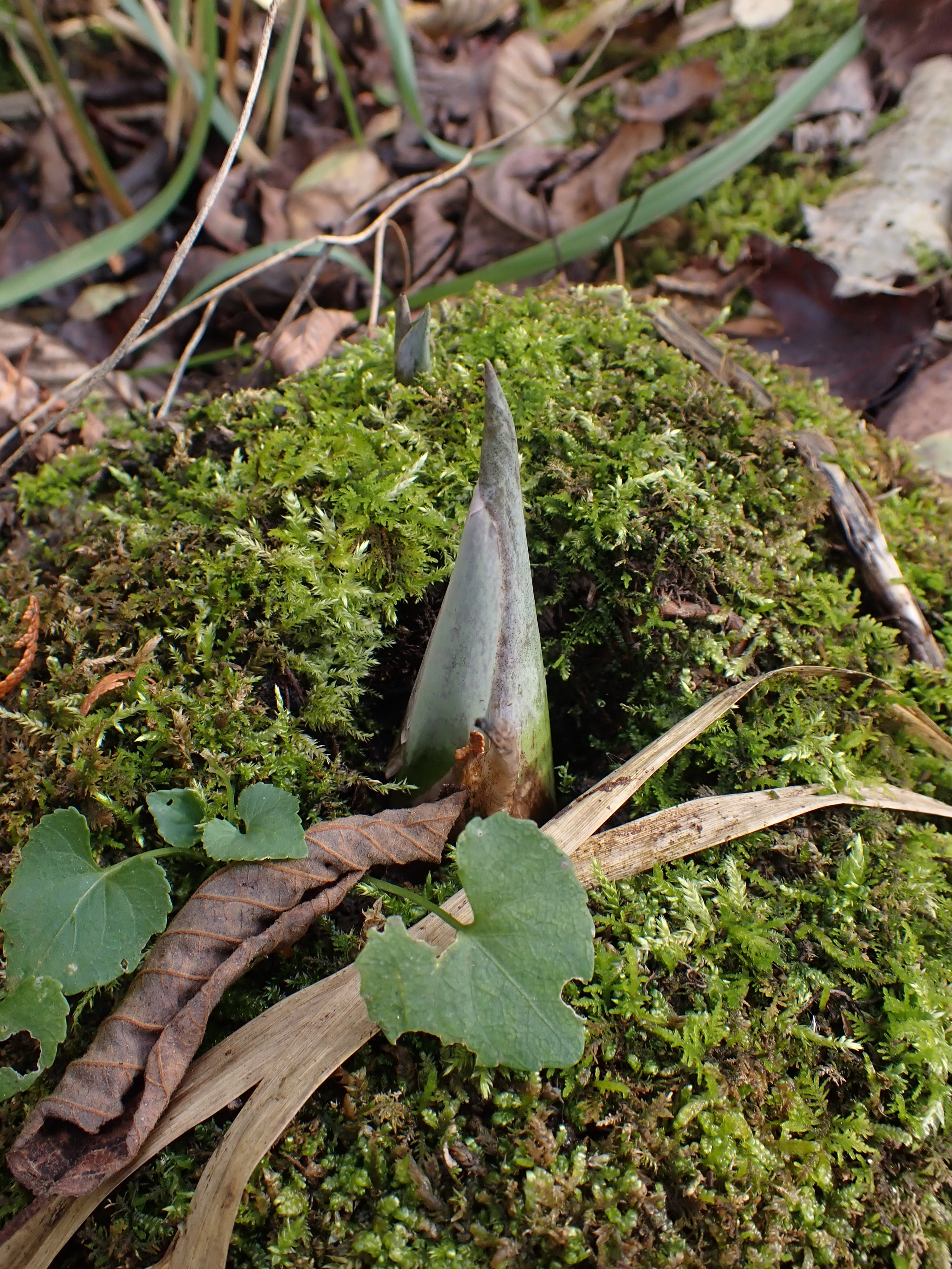Botanical Monitoring with RBG: What can the plants tell us about the place?
Royal Botanical Gardens
By Kasia Zgurzynski, Botany Assistant
31 January, 2024
It was an interesting and adventurous field season for the Royal Botanical Gardens (RBG) team, with the Parks Canada pilot program on ecological corridors within the Cootes to Escarpment Ecopark System. While the Natural Lands Department was pulling out invasive plants and installing wildlife fencing, the Science Department was surveying plant diversity to assess habitat quality at various habitat restoration sites across Partner Agency’s lands. These restoration projects can shift the plant composition towards more native vegetation, better supporting local ecosystems. The goal of the botanical monitoring project was to document the ecological conditions at these sites, establishing a baseline of how they were doing before the restoration projects started. This way, in following years, repeat surveys can reassess the conditions, gauge the success of the past projects, and inform decisions on future projects.
To understand ecological conditions, the RBG botany team identified every plant species present, for each unique vegetation community of every surveyed site. The process we followed was outlined in the Ecological Land Classification for Southern Ontario guidelines, which involves identifying the vegetation community, based on factors such as dominant plants (like silver maple), soil structure, landscape features (such as topography), canopy cover, and moisture. An example could be Silver Maple Mineral Deciduous Forest.
The botany team was out doing field surveys from spring until fall, visiting each site multiple times to find species that are later to emerge. For example, some spring ephemerals would have to be found early in the field season, and most of the asters and goldenrods needed a fall visit for full identification. Each site was quite different and offered its own array of native and introduced species.
For each vegetation community we assessed indicators of ecological integrity. One of these is called the Coefficient of Conservatism. It describes how sensitive a plant species is in its habitat requirements. This is often related to how rare a plant is. Using this metric, we derived a Floristic Quality Index, which is a standardized measure of the conservation value and ecological integrity of the area. Introduced species have a Coefficient of Conservatism of zero, and having more introduced species lowers the floristic quality. This is largely because those introduced species did not evolve within the landscape they are growing in, and do not tend to provide the quality of habitat and sustenance that native plants provide for wildlife. It will be interesting to see how these values change after the impacts of the restoration projects have taken hold. Hopefully, we will see improvements, since removing invasive species and restoring habitat can bring back a more diverse array of native species, which often need high quality habitats to thrive.
Some of the sites we surveyed had high floristic values, indicating that they are home to a diversity of rare plants, and sites like this are a high priority for conservation efforts. Other sites were more disturbed and crowded with invasive species, which made for lower floristic quality. While these sites may not be considered as urgent to conserve currently based on their floristic quality, they will certainly benefit from the efforts put forth last year to improve their suitability as habitat for wildlife.
There were some circumstances where we were informed about interesting species in the area through past surveys, or community science. The public participation platform iNaturalist proved to be a helpful tool in leading us to otherwise inconspicuous rare native plants, and we often checked the recorded observations for the areas we were to explore so we had an idea of what to expect. Sites or apps like iNaturalist are an enriching way for community members to get involved with documenting what they see. Being involved in a Bioblitz is another opportunity for people to go through an area and document species, among experts and amateur naturalists alike. Local nature clubs are often a hub for BioBlitzes. Getting out and learning about the species around you can be a wonderful way to feel more connected to nature. It can also become an opportunity to support the kind of science that works to protect and conserve the natural communities we are fortunate enough to live among.










